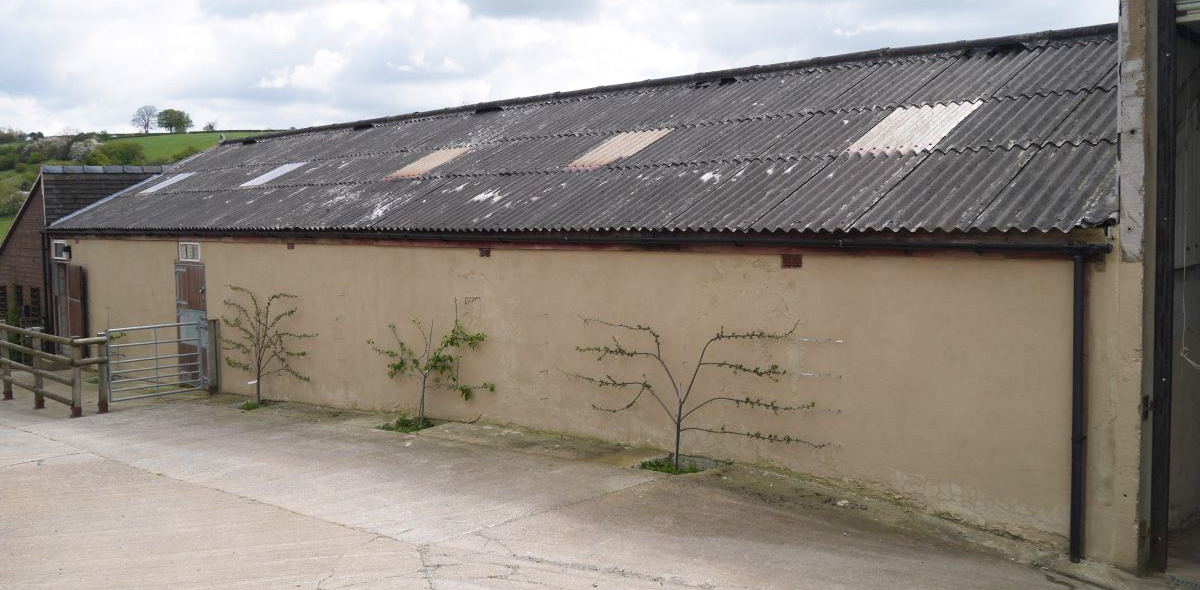Asbestos Cement
Asbestos Cement is a product used widely in the past as a building material. It generally contains about 10-15% asbestos fibres which are bound in Portland cement or calcium silicate and the uncoated sheets can be identified as light grey in colour.
These cement products were banned in the UK in 1999, but are by far the most common use of Asbestos. Many houses, particularly those built between the 1940s and the mid 1970s, have Asbestos products within and around the house.
This type of cement product worked well as an insulation and fireproofing aid, as well as being weatherproof which made it stand out to construction workers at the time.

Where is it commonly found?
Asbestos is commonly found in cement roof tiles. These are mainly made up of corrugated or flat sheets of asbestos cement and are often found in old sheds, garages and farm outbuildings. It’s also commonly found in industrial units, schools, hospital and churches.
What is Asbestos Cement commonly used for?
Commonly used for construction materials, as well as common parts of residential houses. It can often be found in corrugated roof sheets, wall cladding, roof tiles, soffits, guttering and down pipes, bath panels, panels to airing cupboards and around gas & electric meters.
What is Asbestos Cement commonly used for?
The fibres are tightly bound within the hard matrix of the cement, making it less a dangerous material than other types. Small quantities of the asbestos fibres can be released if the cement is significantly degraded due to age and adverse weathering, but the main danger comes if the cement is subject to any abrasive activity such as cleaning or working on it.
As with any type of asbestos containing material, it’s important to be aware of any asbestos you may have in your building, so you can pre-warn construction workers before they start any work within areas which may contain asbestos. We would always recommend having an asbestos survey carried out to any building built before the year 2000, and leave it down to the experts to decide whether it needs to be encapsulated, removed or whether it’s safe to be left alone.
Get a FREE Quote
For further information about how we can help you, please call our 24/7 helpline directly. Or complete our enquiry form below.
We aim to respond to every customer enquiry within 24 hours.

